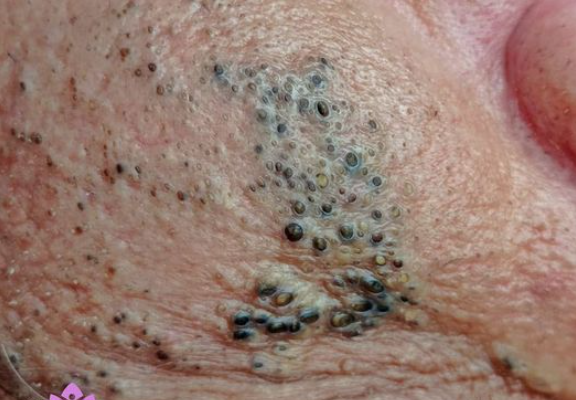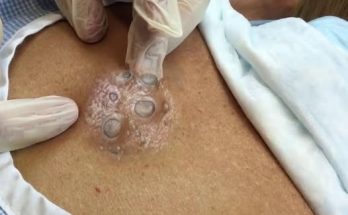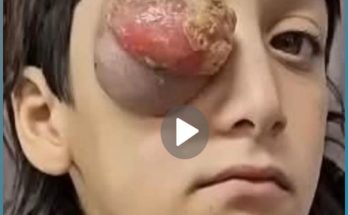Scroll Down to watch..👇👇

Photodynamic therapy with blue light is used to treat pre-cancerous skin lesions called actinic keratoses. Actinic keratoses develop as a result of excess or cumulative sun exposure and can take the form of red, pink, or flesh-colored scaly patches on the skin. Many of these lesions developing on the surface of the skin may not be uncomfortable, although they can be unsightly and potentially develop into skin cancer. If you notice the formation of new or irregular skin lesions, it is always best to have them examined by a board-certified dermatologist, such as Dr. Michele Green in NYC, to ensure that they do not develop into skin cancers. For patients with many actinic keratosis lesions, PDT Is the optimal treatment, as the procedure can treat all of the lesions in one area in as little as one session.
The Blue Light treatment is a straightforward two-part process. The Blue light treatment is paired with the photosensitizing agent, Aminolevulinic acid, also known as ALA or Levulan. This photosensitive drug is applied directly to the skin in the treatment area. The incubation period is generally fairly short- typically, the Levulan is cleaned from the skin with water after one hour. The Levulan is absorbed by pre-cancer cells, which prepares them to be destroyed by the blue light. The treatment area is then exposed to a particular wavelength of blue light, which destroys the pre-cancer cells. The precancerous actinic keratoses “light up,” get more red after treatment, and disappear in a number of days. Dr. Green may ask you to send her a photo of the treated area the day after your photodynamic therapy in order to reassess the affected areas. Several weeks after your first PDT session, Dr. Green will reevaluate the skin lesions to determine whether a second treatment session is needed.
Happy to Watch Full video here..👇👇



